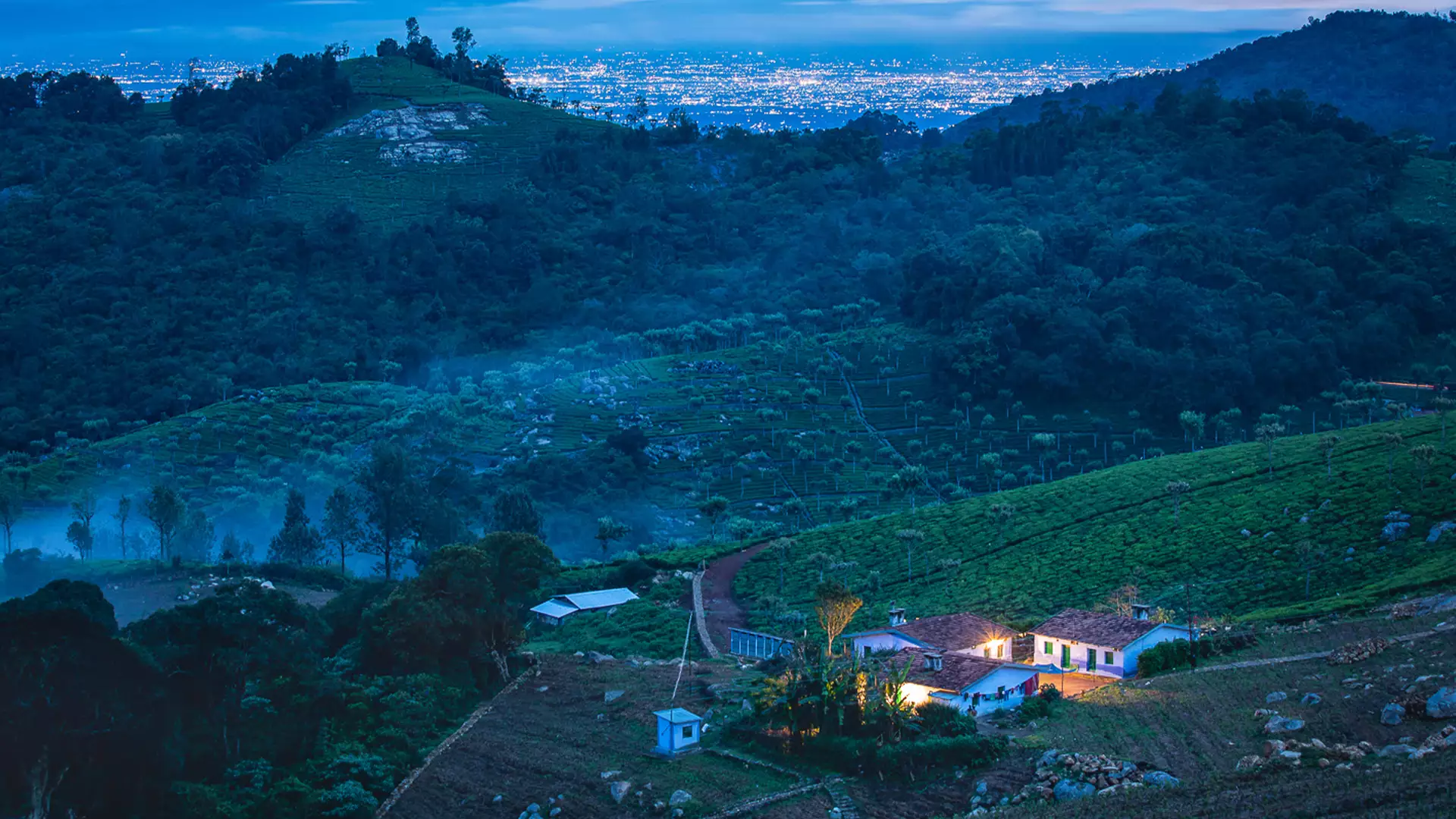The Nilgiris
The vastness of the deep blue sky that stretches to the end of the horizon, the majesty of the mist-drenched mountain chains that lends you a green carpet welcome, the embrace of the little joys of life that you’ve longed for – the Nilgiris is forever.
Life in the hills is a thrill like no other. The lushness of the greenery around, the chill bestowed by the cool climatic conditions, the bounty of Nature in full bloom – you will have very many reasons to spend quality time up there in the mountains. Words are just not enough to describe the feel of the stay when you are the Nilgiris – a vast mountain range that is an enchanting part of the blissful Western Ghats.
Nilgiris is spread across the borders of three Indian states – Karnataka, Kerala and our own Tamil Nadu. With many hill stations and more fascinating experiences in offer, this range is a treat that you just cannot afford to miss on your trip. ‘Nilgiris’ translates as ‘blue mountains’, an attribute it gets due to the presence of Strobilanthes flower that fills the terrain. Indigenous tribal people have occupied this area for centuries. They include the Toda, Kota, Kurumba, Irula and Badagas. No historical evidence suggests that the Nilgiris were a part of any royal dynasties or empires. However by the beginning of the 19th century, the British had started developing these hills for the production of crops such as tea and coffee. Ooty, the most noted hill station in the Nilgiris, also served as the summer capital of the Madras Presidency which was under the British Raj.
A highly multilingual and multicultural district, Nilgiris speak various languages like Malayalam, Kannada, Telugu, Urdu, Badaga, even though the principal language prevailing in the region is Tamil. It’s a destination for a lot of diverse experiences.


